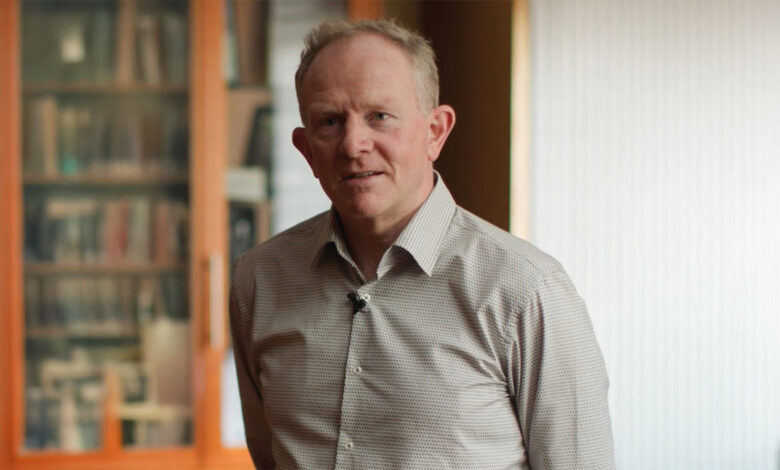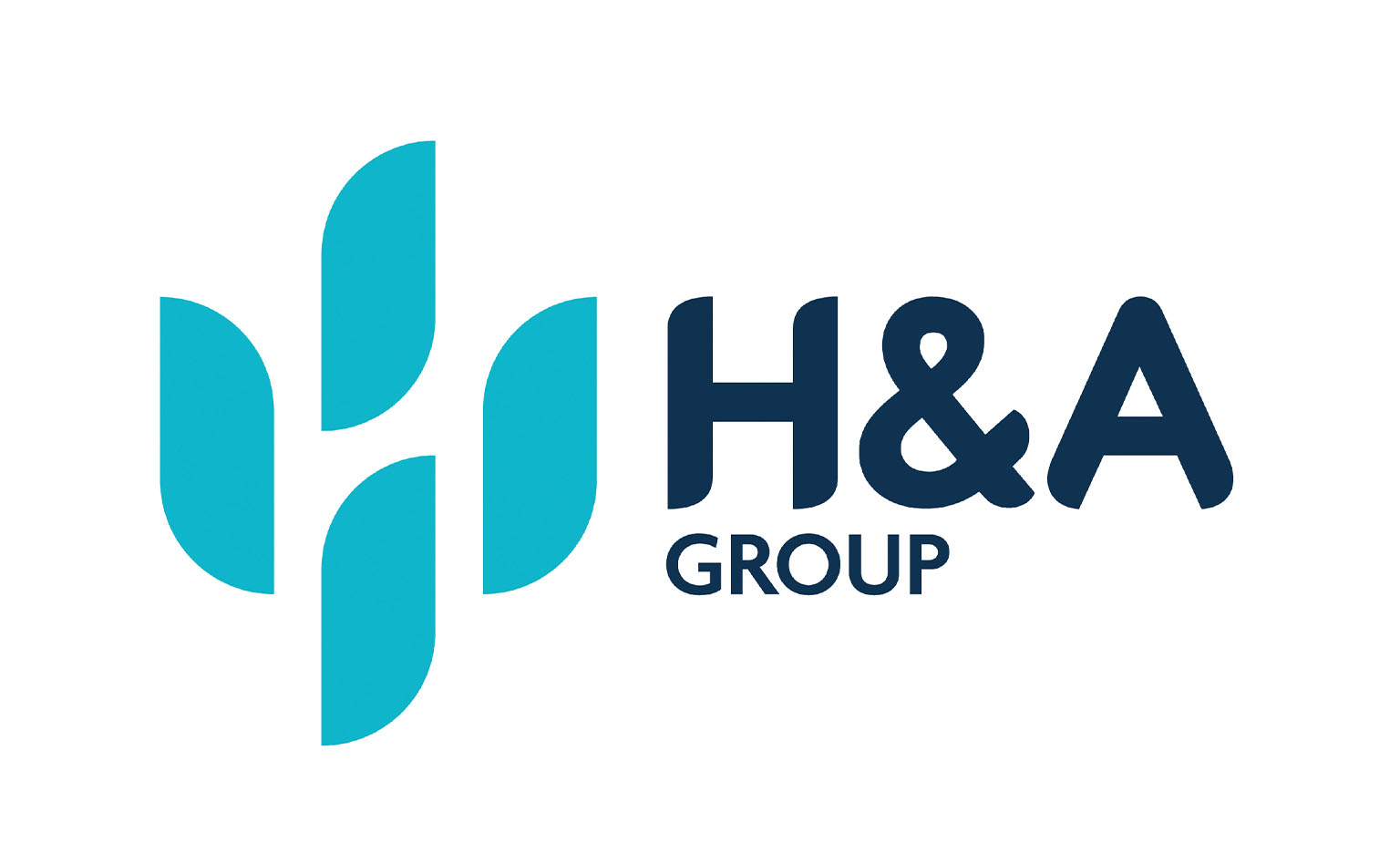H&A Group: Pioneering the future of renewable energy solutions

agendaNi sits down with H&A Group Director Martin Collins to discuss how renewable energy solutions are shaping the future of the industry, and the strategic changes needed to achieve ambitious climate targets.
Renewable energy is now more important than ever. What motivated H&A Group to invest in this area?
The demand for renewable energy solutions is increasing rapidly, and as a business, we are committed to staying ahead of the curve. Our goal is to provide our clients with environmentally friendly alternatives to traditional heating systems. We believe renewable technologies not only help the planet but also offer significant cost savings to homeowners and businesses. It is a win-win: reducing carbon footprints while delivering long-term energy savings.
Could you tell us about the renewable energy solutions H&A Group offers?
Certainly. We offer a wide range of renewable energy solutions tailored to meet the needs of our diverse clients. Our expertise includes air source heat pumps and hybrid heat pumps, which are energy-efficient systems that extract heat from the air outside to warm homes. For customers seeking to further reduce their carbon impact, we also provide solar photovoltaic (PV) systems, battery storage, and electric vehicle (EV) charging solutions. Our team ensures seamless installation and integration of these systems for maximum efficiency.
What are the practical benefits of these renewable solutions?
The main advantages are cost savings, improved energy efficiency, and long-term sustainability. For instance, air source heat pumps and solar PV systems can dramatically reduce heating and electricity bills by harnessing natural, free resources. For both businesses and homeowners, these technologies are a smart investment that delivers financial and environmental returns over time.
What strategic changes are needed to support growth in renewable energy capacity?
To accelerate the adoption of renewable energy solutions, we need clear and effective policies. In Northern Ireland, funding disparities between regions pose a challenge, and local government budget constraints limit the available grants for energy efficiency and decarbonisation projects. To address these issues, there must be greater advocacy for increased funding, stronger collaboration with industry partners, and the creation of local green jobs. These efforts will not only benefit homeowners but also help Northern Ireland meet its climate targets.
Are the 2030 climate targets achievable?
Achieving the ambitious 2030 targets will require a unified effort across all sectors. Investment in green infrastructure, renewable energy systems, and research and development are essential to making this transition both feasible and sustainable. While the challenges are considerable, with the right policies, investments, and education, Northern Ireland has the potential to lead the way in sustainability and decarbonisation.
I and the rest of the team at H&A Group are excited to be playing an active role in shaping a greener tomorrow. Through innovation, expertise, and a commitment to sustainability, H&A Group continues to lead the charge in creating a cleaner, more energy-efficient future.
| With over 30 years of experience in the plumbing and heating industry, Contracts Director Martin Collins has witnessed firsthand the sector’s evolution: from the transition from oil to gas boilers, to the growing demand for sustainable, low-carbon energy systems. |
H&A Group Head Office: 28 Five Mile Straight, Draperstown
Magherafelt, BT45 7EE
H&A Group, Mallusk Depot: 58 Trench Road, Mallusk, Belfast, BT36 4TY

E: info@hamechanicalservices.com
W: www.thehagroup.com





